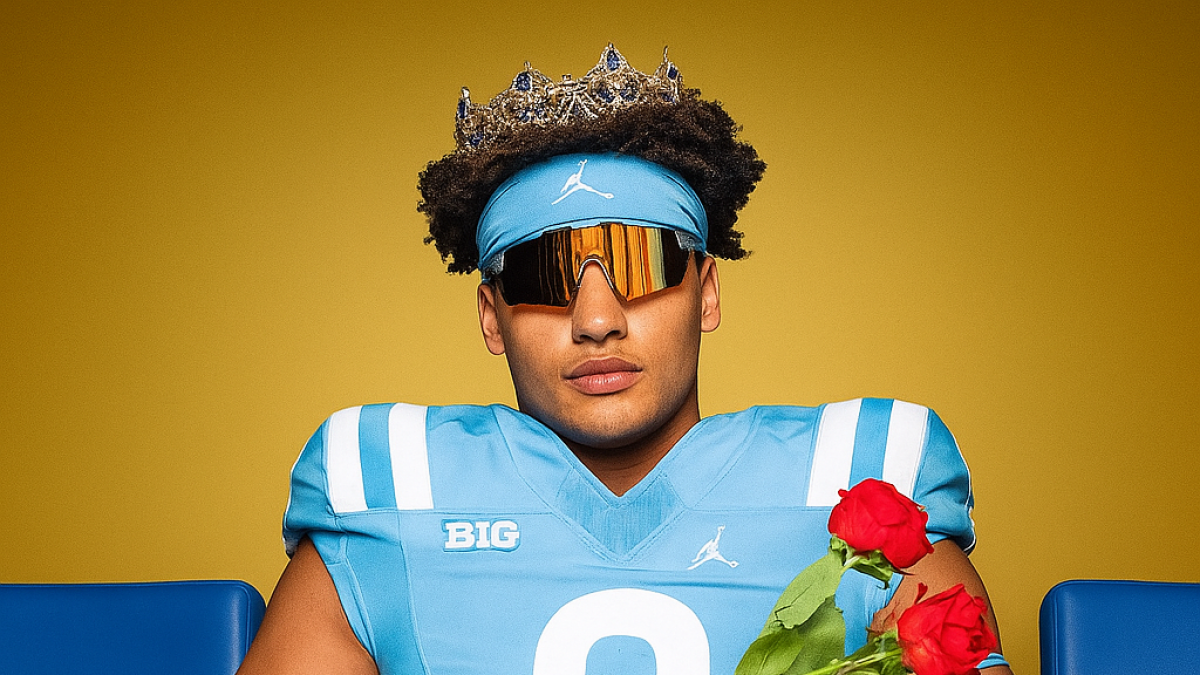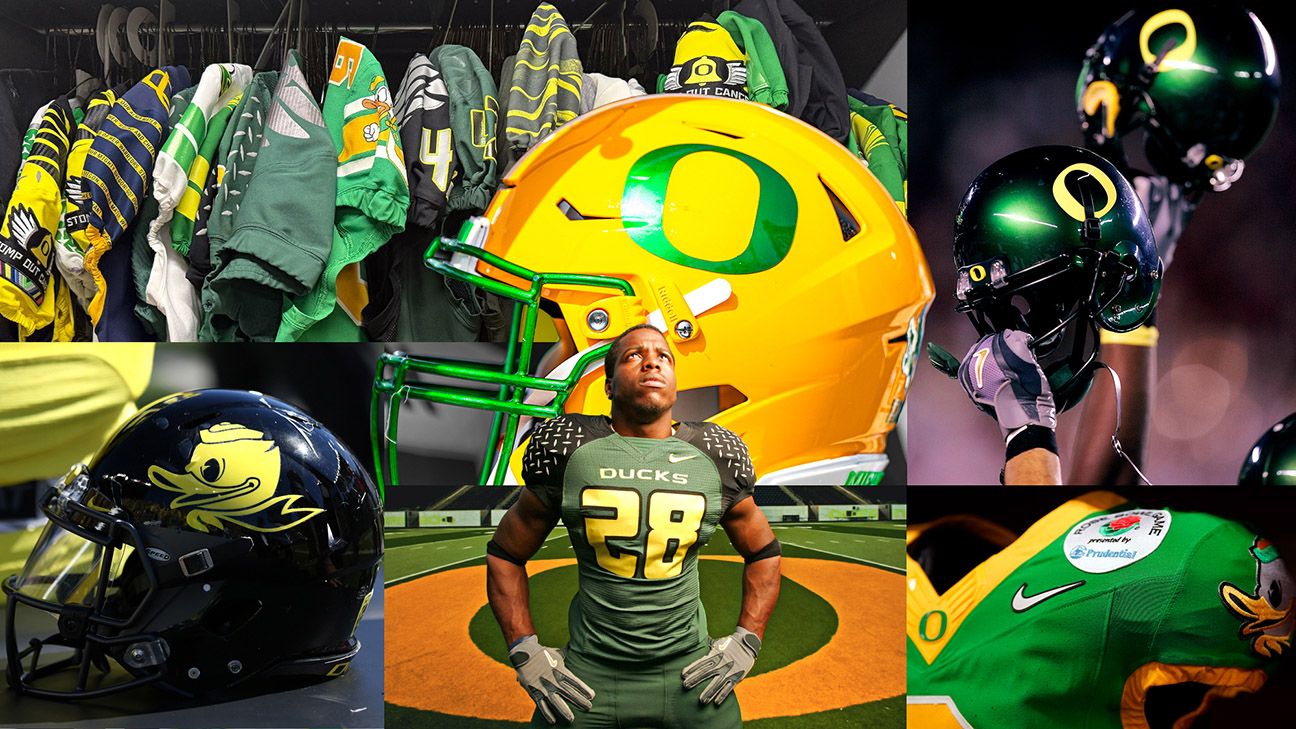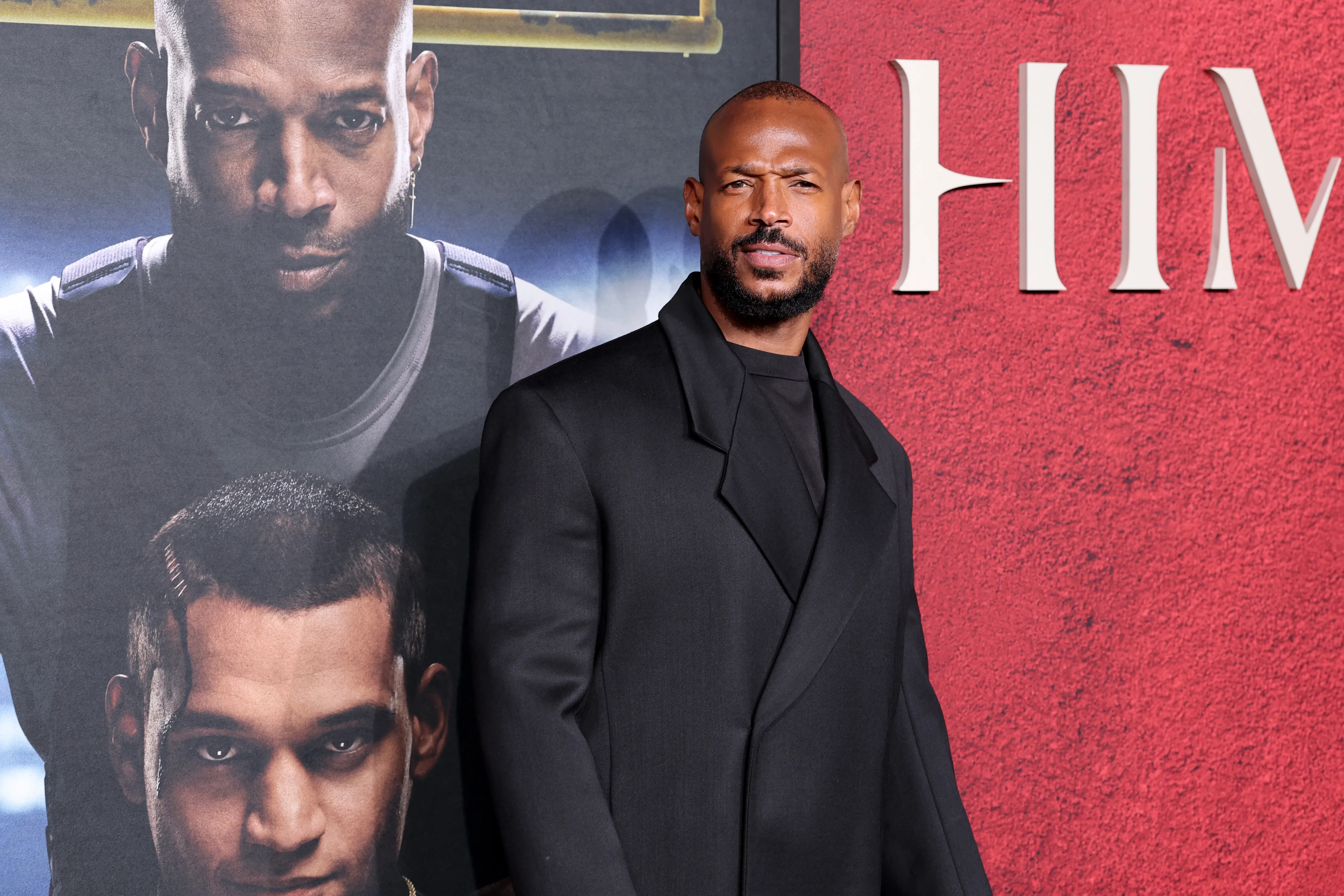
MARION, Mass. — Carter Gooden was in a Sunday team film session at Tabor Academy, a tony New England prep school anchored on Sippican Harbor. When the top-100 ranked defensive line recruit and UCLA commit emerged from the film room and checked his phone, all heck had broken loose thousands of miles away.
Gooden was staggered by how many schools had reached out to him within minutes of UCLA firing coach DeShaun Foster. Gooden knew very little of what was happening.
“I was just surprised,” Gooden said. “I didn’t really know what to do.”
In this new age of college players being (legally) paid via name, image and likeness, and revenue sharing, coaching changes heighten agita.
But what about those deals that unenrolled high school recruits and their representatives strike with schools — which are usually agreed upon verbally? And in Gooden’s case with UCLA, would net a payout exceeding a million dollars over two years?
“They are not worth the paper they are written on,” a Power Four general manager said.
In the guardrail-less world of revenue sharing and NIL, the deals agreed upon between prospects and schools are not binding until the prospect can sign a binding national letter of intent with a school in early December. Schools usually tie the first payment to when a prospect begins classes.
“Until then it is just a trust thing,” an ACC assistant general manager said.
UCLA’s seen 10 players decommit since Foster’s firing. Virginia Tech had two decommitments after Pry’s ouster. Oklahoma State fired coach Mike Gundy on Sept. 23 and eight players decommitted after it. Arkansas, which fired coach Sam Pittman on Sept. 28, had seven decommitments since then.
Forty-five players remain committed to those four programs, and each one is left to wonder if their deal — from tens of thousands to low six-figures — will be recognized by the new regime.
“There is no contract,” said Joby Branion, who is the founder and CEO of Vanguard Sports Group. The firm represents NFL, college and high school prospects, including Gooden.
“It’s basically a gentleman’s agreement with no enforceability,” Branion said. “We can’t enforce it against them and they can’t enforce it against us.”
When a coach was fired in days of old, uncertainty swirled around who the new coach would be, and if there was a fit. Athletic directors normally would inform committed prospects their scholarships would be honored by the new coach, alleviating a lot of stress for families and players.
Those days seem quaint. There is real money attached to incoming prospects at high-level Power Four schools, and any new coach would not appreciate part of their budget being earmarked for a handful of players his staff did not vet.
Four-star offensive tackle Thomas Wilder of Virginia Beach (Va.) Green Run was committed to Virginia Tech before coach Brent Pry was fired the same weekend as Foster. Expecting mid-six-figures from Virginia Tech, he had no choice but to decommit a few days later and try to find a similar payout (not to mention the old-school things like fit) elsewhere.
“His deal is no longer there,” a source close to Wilder said. “How could it be? You don’t know who is going to be in charge.”
Wilder is trending towards committing to Maryland and will be in College Park on Saturday for a home game vs. Washington.
High school coaches, advisors and agents said they speak to the prospects and their families about the lack of enforcement when it comes to revenue sharing agreements before signing day. This year it takes place Dec. 3.
Because getting paid to play in college is so new, a lack of precedent creates a gray area when it comes to coaching changes. The structure of how a football program will be set up adds to the confusion.
Virginia Tech could is reportedly going to hire a general manager before a football coach. That would mirror an NFL set-up as well what Andrew Luck is doing at Stanford and Ron Rivera at Cal. In those instances, the general manager has more power than the head coach with oversight of the entire operation.
“At times it’s like drinking out of a firehose but I’m constantly learning on the job,” Luck told CBS Sports this week.
If UCLA were to retain general manager Khary Darlington, would he possess the authority to keep the deals in place with committed players like Gooden? Or will it fall to the new coach? What if there is a new general manager to go along with the new coach?
“They could keep the deal or decide not to,” an SEC general manager said. “But a kid has to look around so he knows his options.”
Gooden and his camp told schools during his recruitment that money would not be a big piece of his decision, but it does not mean a financial aspect does not exist.
According to sources, the deal with UCLA had Gooden getting mid-six-figures in each of his first two years. Those sources said it was “substantially” more than other programs. Gooden was in Happy Valley last Saturday for an unofficial visit to Penn State.
“These players aren’t obligated to go, in this case to UCLA, and UCLA is not obligated (to the player),” Branion said. “A school can say this is what they will pay you in June but until it is in writing in December, they are not obligated to do (anything).”
Schools have perhaps less leverage than they’d like in these instances. A belated pulling of a big offer could have the ramifications of bad optics down the road.
There is another aspect to consider in this new world: the extra NIL sweetener. In this revenue sharing/NIL world, the revenue-sharing aspect is controlled by and distributed by school. The NIL is run by a collective, which is responsible for dispersing payments to players.
In theory, schools are not supposed to dictate to a collective how much a player should be paid, or which player should get paid. In reality, schools control all of it.
“In some instances, and it is usually for the top kids, a collective will pay a high school kid a small amount monthly if he is committed,” another Power Four general manager said. “There could be penalties if the kid decommits and goes somewhere else but I don’t know if a collective is going to sue a kid to get money back. That could go wrong.
“There is probably a claw back provision in there but how enforceable is it?”
There are also questions about deals for current players, especially since there is not a uniform contract throughout college sports.
Many colleges sign players to one-year revenue-sharing deals, but that is changing. Schools and players are now agreeing to multi-year deals. One way programs try to protect themselves, and the players get some protection as well, is eliminating a buyout clause if the head coach is fired or leaves for another job. That allows the head coach leaving for a new job to bring desired players with him, and it gives protection to the player if he does not like the new coach and he wants to transfer. This is different than the current quagmire at Virginia Tech, in which representation for players hoping to redshirt after Pry’s firing say the school is holding back revenue-sharing agreements.
Virginia Tech stopped revenue share payments to player who expressed interest in redshirting, attorney says
John Talty
It is all part of a messy underbelly that coaches, administrators and even players know has to be fixed. Until then, it has made player acquisition and recruiting more complicated than ever.
At the end of the day, college football programs still want to hang their hat on finding and developing good high school players – who are much cheaper than transfers off the bat and, with schools getting much better at retention practices, more likely to play multiple seasons.
That’s why Gooden’s phone blew up as soon as word of Foster’s firing got out.
“It was a bunch of messages from coaches from all over the place just reaching out,” Gooden said. “It was a little bit of a shock. Other schools started reaching out to me right away and I had to talk to my coach, talk to my mom and started answering other schools and see what schools are still interested in me.
“I am committed to UCLA and talking to their coaches a little bit. It’s strange. It’s not what I expected my senior season to be like.”
Brandon Huffman contributed to this report



